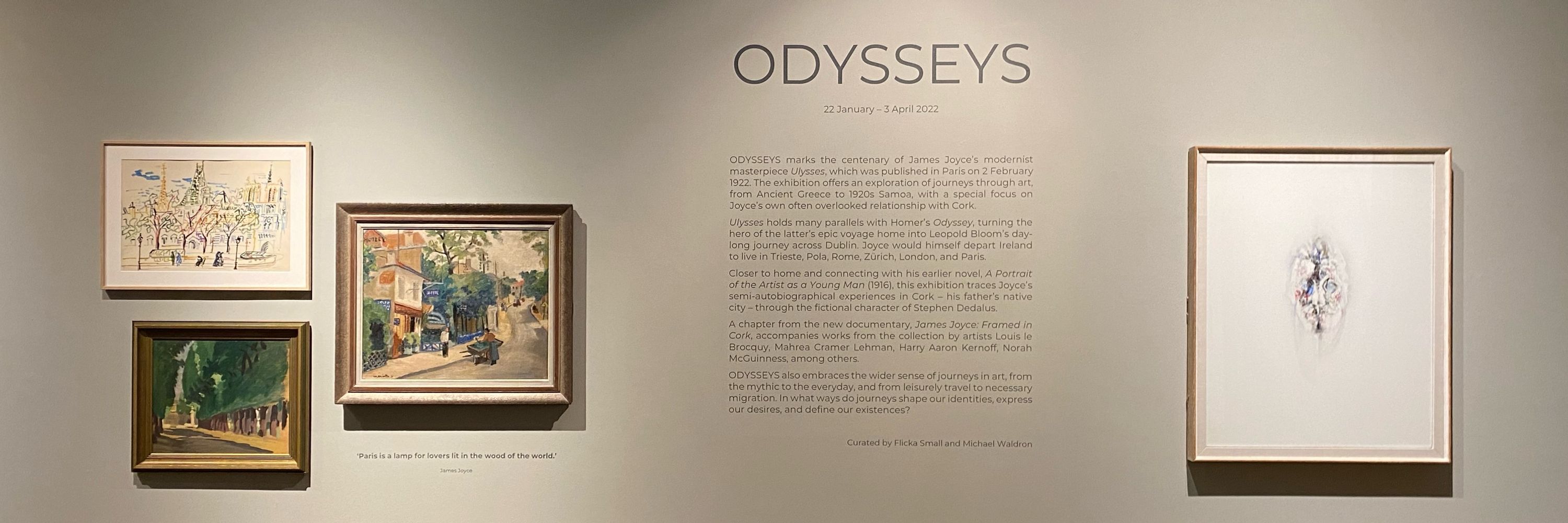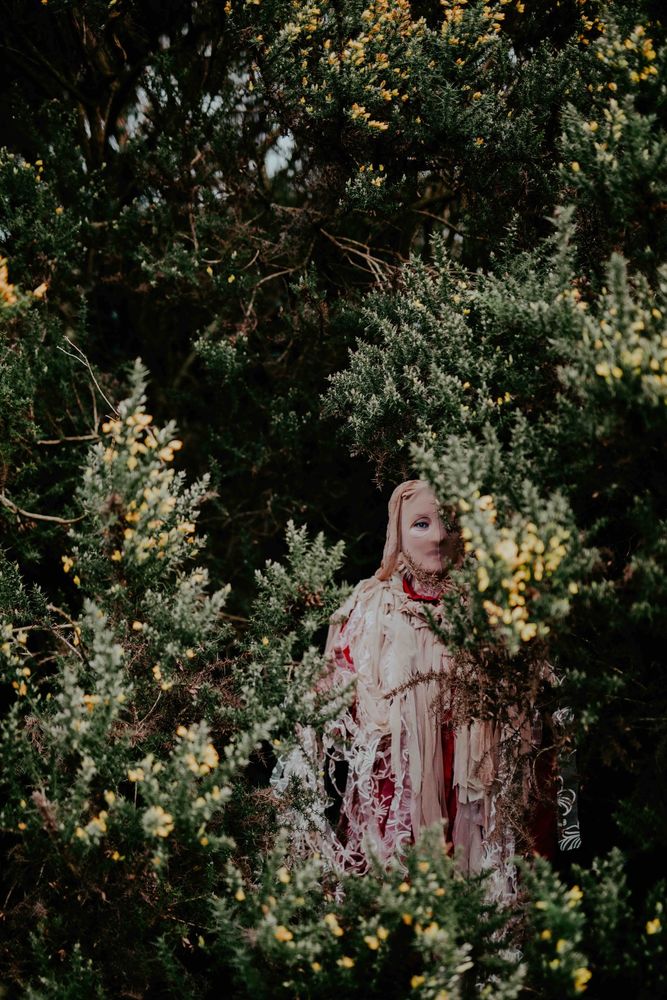Michael Waldron
@michaelwaldron.bsky.social
1K followers
470 following
320 posts
PhD | Curator @crawfordartgallery.bsky.social | Deputy Chair, Sample-Studios | Not the MCU guy | Art, literature, collections, diversity… oh and cats. #TransLivesMatter 🏳️⚧️ He/him 🏳️🌈🇪🇺🇮🇪
Posts
Media
Videos
Starter Packs
Pinned
Reposted by Michael Waldron
Reposted by Michael Waldron
Reposted by Michael Waldron
Reposted by Michael Waldron
Reposted by Michael Waldron
Reposted by Michael Waldron
Reposted by Michael Waldron
Reposted by Michael Waldron
Reposted by Michael Waldron
Reposted by Michael Waldron
Reposted by Michael Waldron
Reposted by Michael Waldron
Reposted by Michael Waldron
Reposted by Michael Waldron
Reposted by Michael Waldron




















































